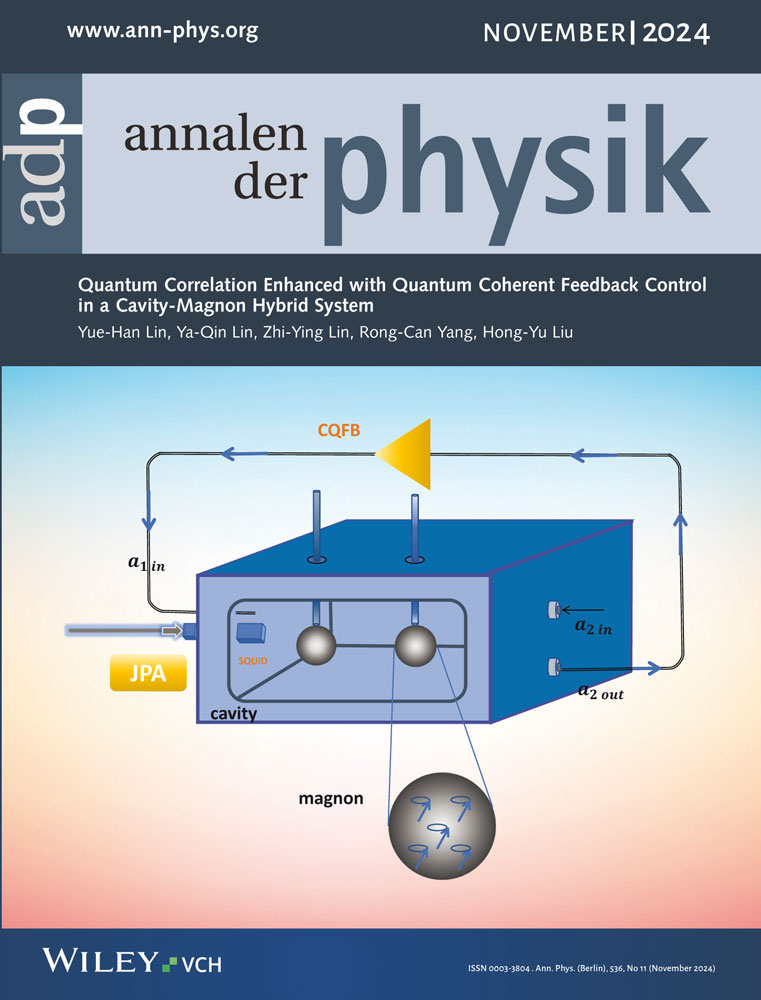Measurement Dependence can Affect Security in a Quantum Network
Abstract
Network Nonlocality is an advanced study of quantum nonlocality that comprises network structure beyond Bell's theorem. The development of quantum networks has the potential to bring a lot of technological applications in several quantum information processing tasks. Here, the focus is on how the role of the independence of the measurement choices by the end parties in a network works and can be used to affect the security in a quantum network. In both three-parties two-sources bilocal network and four-parties three-sources star network scenarios, this study is able to show, a practical way to understand the relaxation of the assumptions to enhance a real security protocol if someone wants to breach in a network communication. Theoretically, it have been proved that by relaxing the independence of the measurement choices of only one end party, a Standard Network Nonlocality (SNN) and more stronger Full Network Nonlocality (FNN) can be created and the maximum quantum violation by the classical no-signalling local model can be obtained. The distinguish between two types of network nonlocality, SNN and FNN, can also be made. It has been shown that FNN is a stronger correlation than SNN in the sense that the former comes in a scenario where all the sources must be nonlocal in nature.
Conflict of Interest
The authors declare no conflict of interest.
Open Research
Data Availability Statement
Data sharing is not applicable to this article as no new data were created or analyzed in this study.




